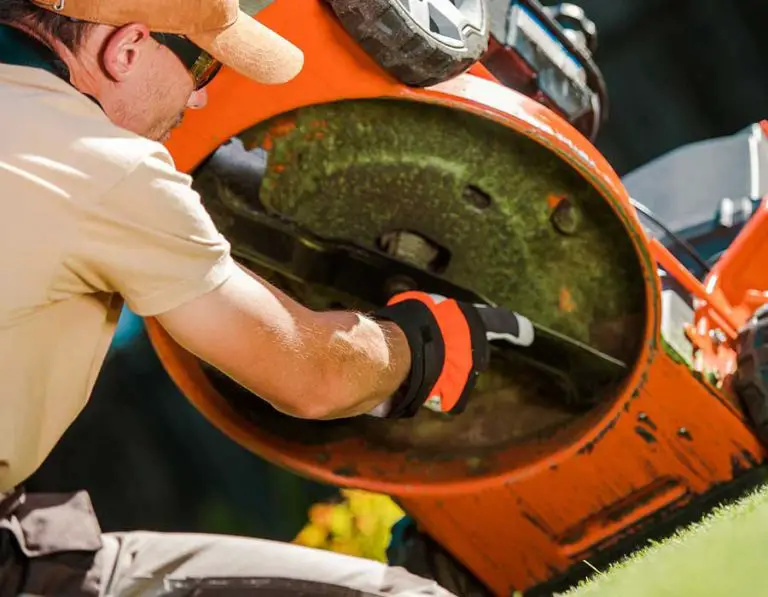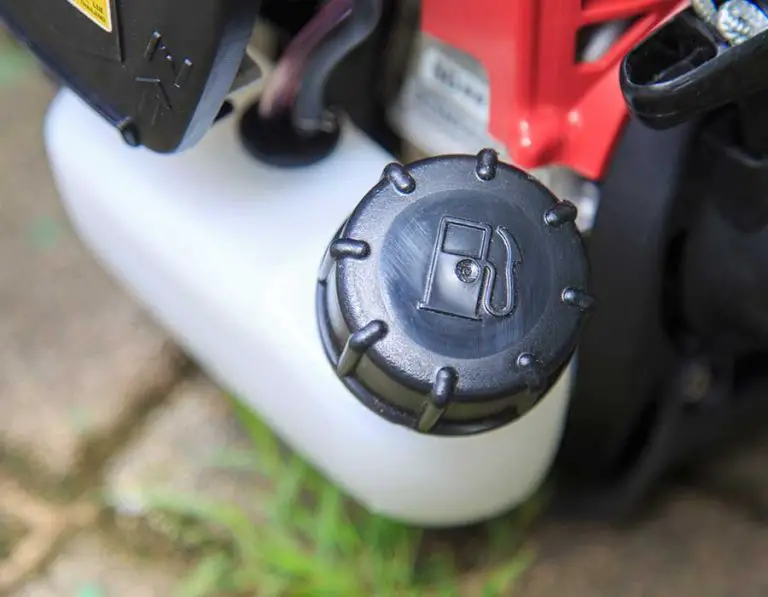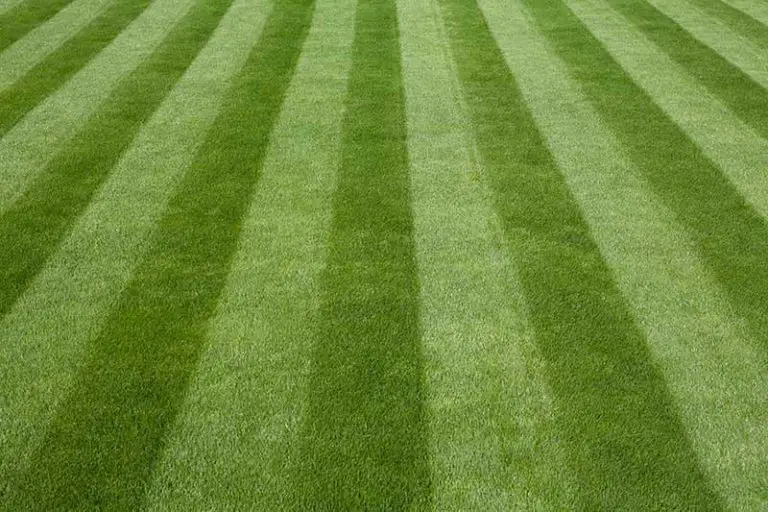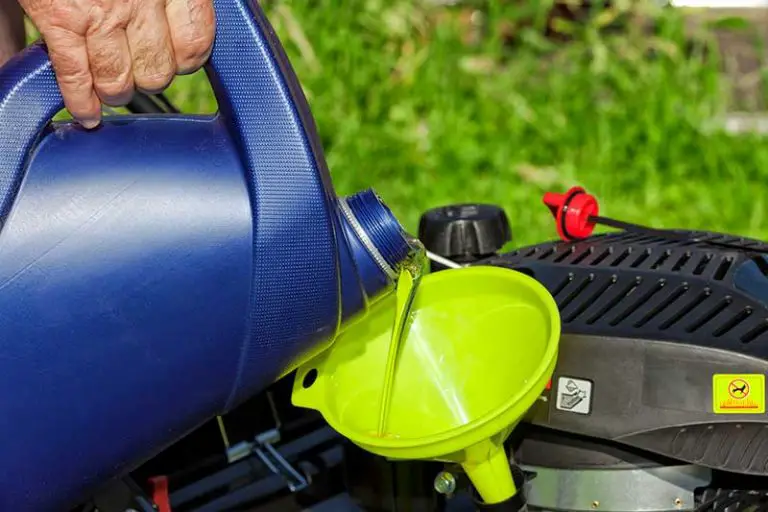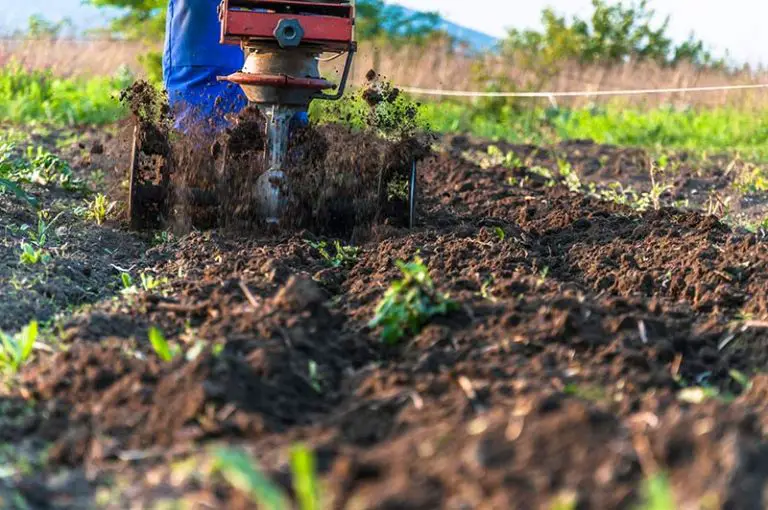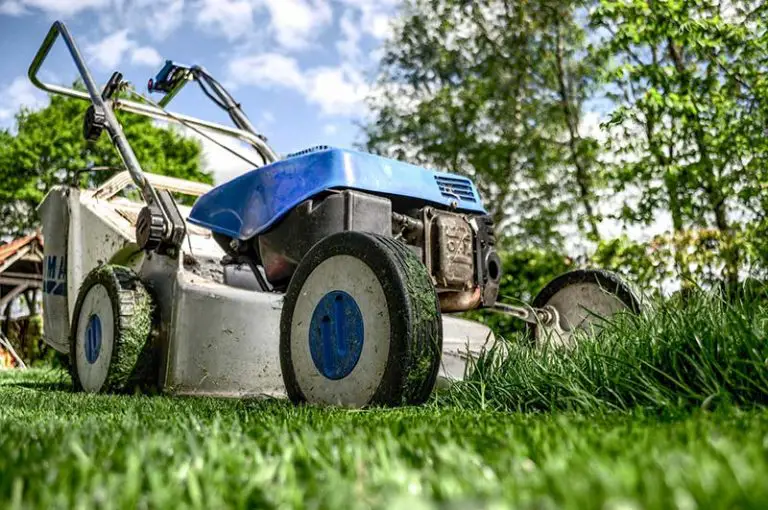How Tall Can Grass Grow (And When To Cut Your Lawn)
If you’re looking at the lawn and thinking about how it needs cutting yet again, you might start yourself on a path of wondering how tall can grass grow (and when to cut your lawn).
For anyone who has wondered, different grasses grow to very different heights – and this is a huge family. For example, bamboo is counted as a grass, and it can get as tall as 150 feet. In good growing conditions, even common garden grasses can reach great heights of several feet.
However, the chances are that you’re wondering about your garden grass and when you should start to cut it. If so, the answer is that it depends a bit, so let’s explore the question in more detail.
How Tall Do Common Grasses Grow?
If you want to know how tall can grass grow in terms of your garden, here is a list of the grasses you might have and the general heights they can reach:
- Kentucky bluegrass can grow up to 24 inches tall.
- Kikuyu grass can grow to approximately 18 inches.
- Dichondra grass usually only reaches about six inches.
- Buffalo grass might get to 12 inches for old cultivars, but modern varieties will usually only reach eight.
- Fine fescues reach around 12 inches high at most.
- Annual ryegrass could get to about six inches, while perennial ryegrass could grow to 24 inches or higher if not cut.
- Zoysia grass might reach 12 inches tall.
Of course, there are many other species of grass that you may come across, but that’s just to give you an idea of how varied heights can be, and how tall even some common species can grow to. Next, let’s look at how tall they should grow before you cut them.
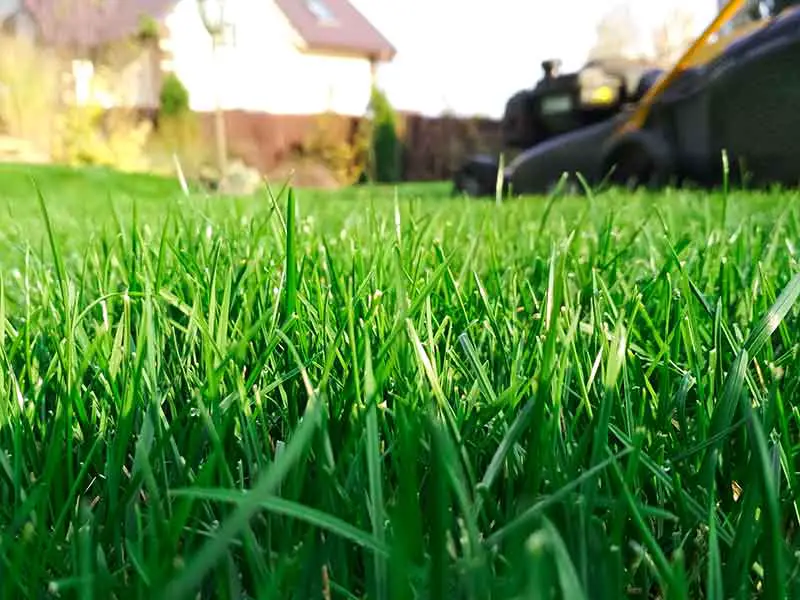
How Tall Should I Let My Grass Get?
The answer to this is going to depend a bit on the types of grass that you are cutting, the time of year, and the conditions that you live in, but there are some rules of thumb that can help you.
When you cut your lawn, you don’t want to be taking more than a third off its full length. This will ensure you aren’t weakening the plant too much by chopping it severely, but will still allow you to reduce it by a significant amount, especially if it has got tall.
The optimal height is considered to be two and a half inches tall. That means that you should ideally be cutting your lawn when it reaches around the height of three and two-third inches. This allows you to remove a third of the height while leaving it at the recommended two and a half inches.
If you want to be more specific, you may need to research the type of grass that you have and see if there is a recommended height for that particular kind of grass – but for many, two and a half inches is a good height that encourages growth and healthy plants.
You do not want to let your grass get too tall as it tends to turn straggly and will be hard to manage, as well as shading small plants and reducing new growth. However, you don’t want to cut it too short; this is known as scalping and can damage the plants, making them unhealthy and reducing your lawn’s resilience.
We have gone into further detail on this topic in our article What is the Best Height to Cut Grass.
Try to cut your grass regularly to keep it to this sort of height; we will discuss this next.
How Often Should I Mow?
There is no golden rule for how often to mow because this will depend on a lot of factors. The first is the type of grass; if you have a very quick-growing grass, your lawn will need to be mowed more often.
Secondly, it will depend on the season. Grass stops growing and turns dormant during the winter, so after your last mow of the season, stop mowing. However, in the spring, summer, and fall, it will need cutting often – and most often in the summer, when light levels encourage lots of growth.
Thirdly, it will depend on the conditions in your individual yard and your lawn fertilization practices. If you fertilize your lawn often and you have rich soil, you will find that your grass grows more quickly and needs cutting more regularly to maintain its length and health.
While there are no hard and fast rules for mowing schedules, the following may help you:
In summer, you should be looking at mowing twice a week or three times every two weeks. This is particularly true if you have plenty of rain, so wet summers require more mowing. However, if you have periods of drought, you will want to reduce mowing to let the grass retain more moisture.
If you have lots of flowers in your lawn, aim to cut it every four to six weeks, and if you have a long-grassed lawn, you will probably only cut it a couple of times per year, and rarely before midsummer.
In spring and fall, you will not need to mow as much. You will probably be mowing your lawn once a week, unless you have an unusually sunny season, interspersed with lots of rain. In these cases, you may need to increase your mowing to keep the grass at a reasonable length.
If you have recently seeded or laid sod, timing is crucial when mowing the new grass for the first time.
Don’t Cut It Too Short
We’ve answered the question of how tall can grass grow (pretty much as tall as any plant if it’s the right kind) but what about how short you can cut it? Short lawns look pretty, and it can be tempting to try and get a very close cut for the sake of not having to mow too often.
This isn’t a great idea, despite the obvious appeal. Mowing your grass too short can really weaken the plant and will make it much less resistant to being walked on – meaning you could soon end up with a muddy mess.
You will also make the lawn susceptible to weeds, as it is easy for other plants to come up through the grass if it is weak and short. Very short lawns struggle to hold moisture, and may be vulnerable to drought, especially in summer. A lot end up rooting shallowly, and cannot survive hot weather well.
Cutting your lawn too short also makes it easy to accidentally remove the turf entirely in places, especially if the ground is somewhat uneven. The blade of the mower can cut into the earth and tear up the grass, leaving a mess of soil and roots.
You will then have to fill the hole and reseed it, which is not ideal for anyone who wants a lawn that looks good. Therefore, even if you want to make your lawn short and neat, you need to leave a good length on it, and trust that it will look great when it’s neatly cut even if it isn’t just a few centimeters from the ground.
Don’t Leave It Too Long
Again, cutting a lawn is a bit of a fine balance and should be done with care. There are lots of problems with letting your lawn get too long, and one of the big ones is that you’ll end up with loose and weak grass, because no sun can get to the base, where new plants are rooting.
You will find this sort of grass is easily damaged by people walking on it or children playing, so it doesn’t make a good garden experience.
You will also have to cut it in increments to get it back to a good level. Remember that you should only take off a third of the grass blade at one time, and doing too much at once can damage the plant.
If you have been out of town or let chores get away from you a bit, don’t panic; you can reduce the size of your lawn fairly quickly without totally compromising its structure and health. You simply have to approach the task with a little patience and cut a bit at a time.
Mow off the top third of the blades, and then allow the grass about four days to recover. Cut it again, once more removing about a third. Keep doing this with breaks in between and you will get the lawn back to healthy levels without causing damage and unnecessary stress to the plant.
Other Tips
Firstly, it’s not a good idea to mow wet grass; if your grass is particularly long, this may prove tricky, but cutting wet grass is hard on the mower and can make the grass clump. This may make it difficult to cut and can cause more tearing than cutting.
Secondarily, make sure that you’re mowing at the best time of day to avoid unnecessarily stressing out your grass plants. The best time to mow is during the mid-morning or late afternoon.
Finally, make sure that your mower blades are sharp. They should give you a beautiful, neat cut to the stems, and not leave you with ragged edges. You will be able to see by studying the individual blades if your mower blades need to be sharpened. If it does, don’t put this off; blunt blades damage your lawn and stress the grass, and it can also make mowing hard work. See our guide How to Sharpen Lawn Mower Blades for the warning signs that you need to sharpen your blades, followed by a thorough step-by-step guide on how to carry out this process.
Conclusion
Grass can, obviously, get very tall indeed, so that has hopefully answered the question of how tall can grass grow, and when you should cut it. With heights of up to 150 feet, grass is by no means a short plant – though few lawn varieties will get above 20 inches.
Cut your grass when it reaches about three and two third inches for the best cut, and don’t take it below two and a half inches tall.

